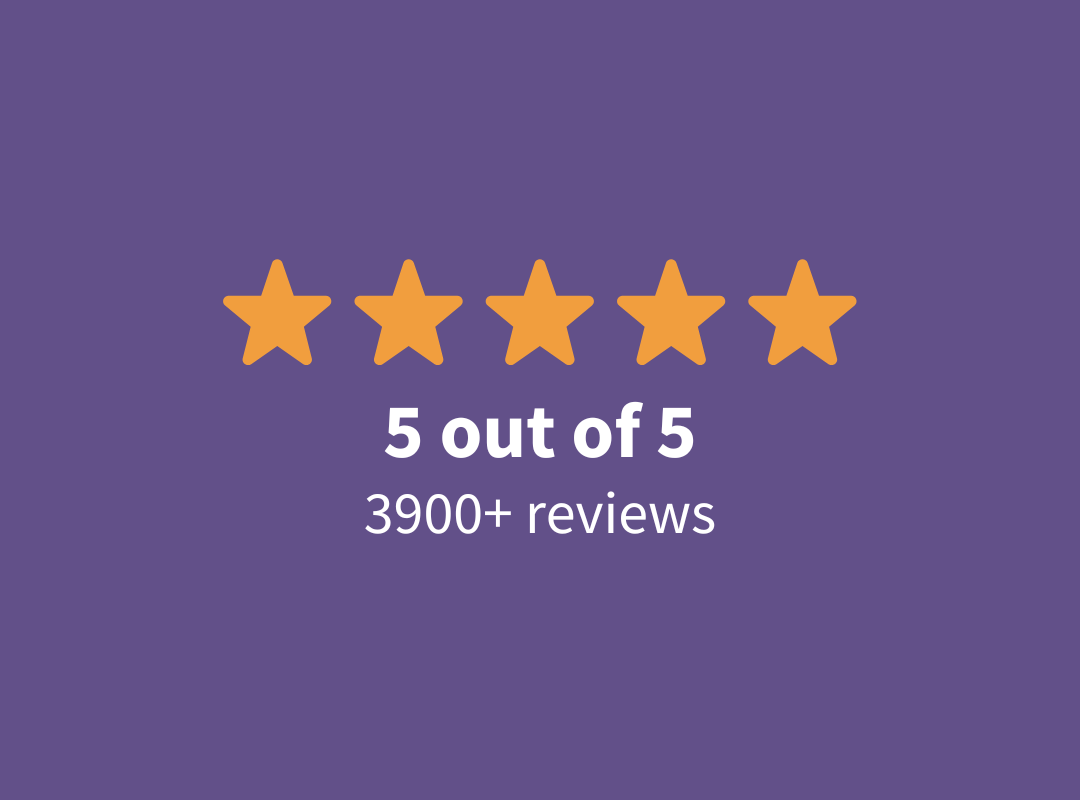Congressional Republicans are proposing major changes to income-driven repayment (IDR) plans. If you’re one of the many borrowers on Income Based Repayment (IBR), you may be wondering: Should I stay on the IBR plan? Or switch to something else?
We’ll share some tactical decision-making tips on whether you should stay on or switch to IBR, and when it might be smart to wait before making a move.
Stay on your existing plan until something necessitates a change
Until we get clarity closer to the end of 2025 or 2026 on what set of rules will be used for student loans, most borrowers will want to hang tight on their existing payment plan.
Switching is difficult anyway, and switching before we have the full set of rules might cause regret later.
There is a chance you will need to move rapidly to switch to a new repayment plan, but it’s better to wait to get the full set of facts before doing so.
The only exception to this might be a borrower who is on the SAVE forbearance, who is positive they will be going for forgiveness. That borrower might as well switch to IBR at studentaid.gov.
When the dust settles, should you switch to IBR?
Let’s imagine the new student loan rules are final. You now have a choice: stay on your current IBR plan or switch to a new option offered by the GOP.
What should you do?
At a high level, any of the existing plans like Pay As You Earn (PAYE) or New IBR that allow 10% of income for 20 years in the private sector will be better than anything offered by the current Congress (if your plan is forgiveness).
The only folks who should switch to the GOP IDR plan would be those looking for some kind of temporary interest subsidy that plan to eventually pay off their loans.
If borrowers are faced with the choice of paying 15% of income on Old IBR or 10% of income on the new GOP IDR plan, you should make that decision based on your risk tolerance and individual circumstances.
For Public Service Loan Forgiveness (PSLF) borrowers, they’ll want the lowest payment no matter what. For private sector borrowers, they’ll want to know how close they are to forgiveness before switching.
Broad rules for who should use IBR still apply
Even with policy changes in motion, a few big-picture rules still hold up. These guardrails look at the ratio of your student loan debt to income to help you figure out whether IBR — or forgiveness in general — is still the right fit.
Here are three rules of thumb that still apply:
- If you owe less than your annual income, you almost surely need to pay off your loans. Unless you’re a PSLF edge case (say, a physician with capped payments), forgiveness isn’t likely to save you much. In this case, maximize your interest subsidies until they end, then refinance to a lower rate.
- If you owe between one and two times your income, you’ll likely benefit from delaying your decision about payoff vs. forgiveness while trying to optimize for whatever path you’re most likely going to take. If that’s forgiveness, focus on the lowest payments. If that’s repayment, focus on interest subsidies. Borrowers in this range were strong forgiveness candidates under the Biden administration. During the Trump administration, this category of borrower could make a reasonable case for pursuing either option (payoff or forgiveness).
- If you owe more than twice your income, you’ll want to go for forgiveness no matter what — unless your high debt is temporary (like during residency. If your long-term debt-to-income ratio is above 2 to 1, minimize payments wherever possible and know that regardless of how the dust settles, you’ll be pursuing some type of loan forgiveness strategy.
What to prioritize if you’re staying on (or switching to) IBR
If you stay on or end up on the IBR plan eventually, there are a few smart moves that can help you stay financially ahead, even with all the uncertainty swirling around student loans.
- File taxes strategically. Whether you file jointly or separately can make a big difference in your monthly payment. Don’t guess — run the numbers or get expert help.
- Track your forgiveness progress. Make sure your payment count is accurate and that your employment qualifies if you’re pursuing PSLF.
- Build your net worth as you go. Make sure you grow your net worth along the forgiveness journey by putting a lot of money into investing accounts that would’ve otherwise gone to loans.
As long as your overall net worth is increasing (excluding loans on a forgiveness plan from your net worth calculation for this test), then you’re likely in good shape financially with your higher-than-average earning potential and job security compared to most workers.
Yes, IBR borrowers are facing a ton of ongoing uncertainty in the coming months and years, but there are still plenty of strategies to save money in play.
If you need help figuring out which ones apply to you, book a custom plan.
Not sure what to do with your student loans?
Take our 11-question quiz to get a personalized recommendation for 2025 on whether you should pursue PSLF, SAVE or another IDR plan, or refinancing (including the one lender we think could give you the best rate).
